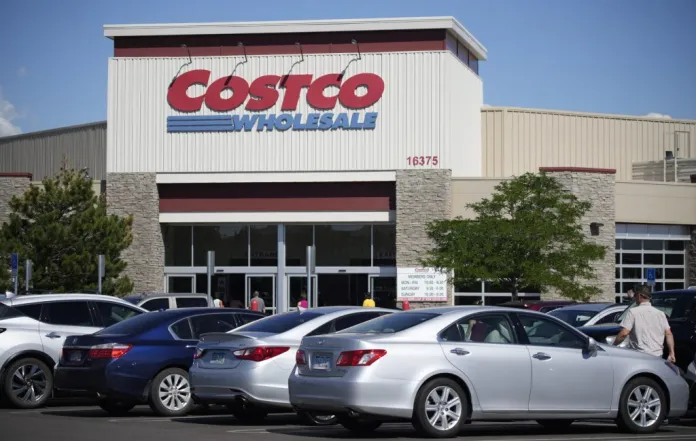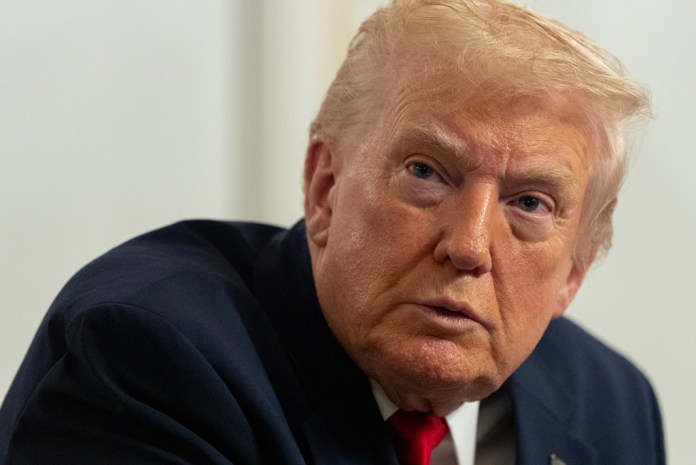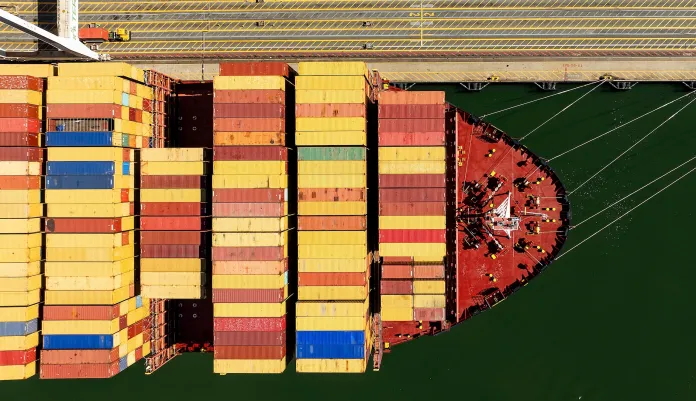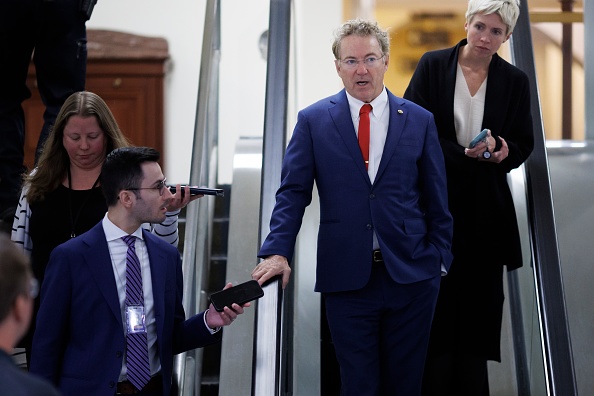Tariff exclusion process in Trump 2.0 a big departure from first term
The article discusses how the tariff exclusion process during President Donald Trump’s potential second term (“Trump 2.0”) marks a meaningful shift from his first term.Previously, companies could apply through formal, bureaucratic channels like the Commerce Department or the U.S. Trade Representative for exemptions from tariffs, with tens of thousands of applications reviewed and granted. However, the current approach bypasses this structured system, with tariff relief decisions centralized directly in the Oval Office and overseen personally by Trump.
This new process is informal, lacks clear criteria, and limits companies’ ability to seek exclusions unless they appeal directly to the president, as exemplified by Apple CEO Tim Cook’s behind-the-scenes negotiations for tariff exemptions on electronic products made in China. Trump’s management has taken a more aggressive stance on tariffs emphasizing domestic manufacturing as the best way to avoid tariffs, and reportedly disfavors the term “exemption” because he believes it weakened his policies previously.
Experts note that while formal exclusions were once narrow and limited in economic impact, the current system is more opaque and heavily centralized. Some exceptions still exist, such as those under trade agreements like USMCA and for certain key industries. If the formal exclusion process were to be revived, the sheer volume of potential requests under the broader new tariffs could create significant logistical challenges.
the trump 2.0 tariff exclusion process represents a marked departure from the prior systematic approach,with more direct presidential control and less formal administrative procedure.
Tariff exclusion process in Trump 2.0 a big departure from first term
In President Donald Trump’s second term, tariff relief no longer runs through a bureaucratic process; rather, it runs straight through the Oval Office.
Trump, long a proponent of tariffs, has implemented far more aggressive tariffs this year than during his first term. Also notable is that the administration has essentially done away with the process used tens of thousands of times to get exclusions from the tariffs.
“It’s not formal, it’s not structured, there are not criteria,” Bill Reinsch with the Center for Strategic and International Studies told the Washington Examiner. “And the first term had all of those — I mean, it was a process, it was structured, it was formal, there were criteria.”
MEATPACKING MARKET BAD BLOOD DRAGGED INTO SPOTLIGHT THANKS TO ARGENTINE BEEF BROUHAHA
During Trump’s first term, companies could file forms with the Commerce Department or the office of the U.S. Trade Representative to seek tariff exclusions. Those exclusions would allow certain products to be exempt.
That process generated tens of thousands of applications and approvals. While cumbersome, it was a formal way for people to seek tariff relief. But this time around, that has been scrapped altogether, and Trump is largely the arbiter of major exemptions or exclusions.
There are likely several reasons for the lack of an exclusions process this time around, but it is worth noting that on balance, the Trump administration in office now has been far more aggressive with implementing tariffs and tougher trade practices, which it argues is a way to bring back domestic manufacturing and shore up domestic supply chains.
“President Trump has been clear: the best way to avoid tariffs is to make your product in the United States,” White House spokesman Kush Desai told the Washington Examiner.
Reinsch, who served for 15 years as president of the National Foreign Trade Council, said that if a company wants exclusions, it has to appeal directly to Trump, rather than bureaucrats at the Commerce Department or USTR.
“Now there’s no way to get off the hook, which means effectively that the only way to get off the hook is you get in to see him, as some CEOs have done, and beg for mercy or make your case,” Reinsch said.
For instance, Apple CEO Tim Cook worked behind the scenes earlier this year, including a conversation with Commerce Secretary Howard Lutnick, and was able to secure some concessions to exempt electronic products that Apple makes in China from import duties, according to the Washington Post.
Trump reportedly strongly dislikes the word “exemption,” particularly given his belief that they weakened his tariff policies during his first term in office.
And many exclusions were granted during Trump’s first term. According to the Congressional Research Service, for “Section 232” steel and aluminum tariffs, the Commerce Department received 288,021 exclusion requests. Of those requests, the agency granted 170,084 exclusions and denied 59,134, with 44,325 exclusion requests rejected or withdrawn during the process.
Scott Lincicome is the vice president of general economics at the libertarian Cato Institute and an expert in trade policy. He pointed out that while tens of thousands of exclusions were granted, they were relatively narrow in terms of their actual economic effect.
“Because effectively, the exclusions that were issued during the first term were pretty much called out for very specific products and even products used by specific companies,” he told the Washington Examiner.
He also pointed out that during Trump 1.0, there were also broader exemptions for certain countries such as Mexico, Canada, and Australia.
Lincicome said that it is also worth noting that there are still exemptions to Trump’s tariffs this time around, and an estimated $1 trillion in imports are currently exempt, the biggest being goods qualifying under the U.S.–Mexico–Canada Agreement, and also for semiconductors and related consumer electronics.
“So, I think it’s wrong to say that Trump isn’t exempting products this time around or isn’t making exceptions this time around. He is. The big difference is that the process last time was very transparent and formal, and this time around, it’s very opaque, and it all goes through the Oval Office,” he said.
It is unclear if the Trump administration will restart the exemptions and exclusions process like it did during the president’s first term, but if it did, it would likely represent a bit of a logistical challenge.
Lincicome said that this is in part because, during Trump’s first term, the China tariffs and the steel and aluminum tariffs were pretty small relative to total global trade, but this time around, they are far more sweeping and would presumably elicit far more exclusion requests for the Commerce Department and the USTR to handle.
“So if the Trump administration were actually going to establish a formal exclusion process like they did last time around, you’re talking about not just tens of thousands, but potentially hundreds of thousands of exclusion requests, and who the heck could manage that?” he said.
REPUBLICANS SEEK TARIFF WAIVERS AS TRUMP ESCALATES TRADE WAR
Still, Trump’s former Secretary of Commerce, Wilbur Ross, told the Washington Examiner during an interview after the election that, despite the volume, the exclusion process was fairly streamlined under his tenure.
“So he is well familiar with the idea that you generally have to make some exceptions, and you can do them pretty quickly because it’s much simpler to grant an exclusion than it is to put a tariff in to begin with,” Ross said.
" Conservative News Daily does not always share or support the views and opinions expressed here; they are just those of the writer."




